Over the last four decades, the United States (U.S.) has witnessed an extreme increase in incarcerated citizens. Due to strict sentencing policies set in place during the 1971 drug epidemic, Americans were being incarcerated at high rates. After the drug epidemic, prison rates in the U.S. continued to rise, making America the country with the highest incarcerated citizens in the world.
Mass incarceration in the U.S. is a prominent issue that affects people of all backgrounds and ethnicities. However, some incarcerated citizens are more at risk than others. Black men are six times more likely to be incarcerated than white men. Roughly one in seventeen white men will go to jail in their lifetime, as for Black men, it’s every one in three.
Colleen Lynch (11) a former Advanced Placement (AP) English Language and Composition student read Just Mercy last school year.
“Black Americans, are clearly incarcerated at disproportionately high rates when compared to their white counterparts,” Lynch said.
The unfair imprisonment of African Americans is an issue that has no easy solution. In most cases, African Americans who are falsely incarcerated, fail to see justice. More American citizens have gotten involved and are hoping to make the prison system equal for everyone.
“Slavery prevented them from earning wages and therefore wealth discrimination and Jim Crow excluded them from purchasing desirable property and holding well paying jobs. These factors place Black Americans in a much more vulnerable position than whites, making them more likely to become incarcerated,” Lynch said.
According to a Pew Research Center in 2017, African Americans in the United States only accounted for 12 percent of the country’s population, however, they accounted for 33 percent of the prison population. On top of that, African Americans also occupied almost half of the 1,900 people absolved from previous sentences, also known as exonerations, according to the National Registry of Exonerations.
Although Black and white Americans use and sell drugs at similar rates, Black Americans are 2.6 times more likely to be convicted of the same crimes as their white counterparts. In 2019, drug offenses were the leading cause of incarcerations. In total, there were 183,900 inmates imprisoned for drug offenses nationwide. In the United States, race and drugs have played a major role in mass incarceration. Due to disproportionate drug laws and harsh sentencing, Black Americans are at risk of being falsely imprisoned, or inappropriately sentenced. In terms of federal prison, nearly 80 percent of the inmates convicted for drug offenses are Black or Latino.
While there is no simple way to explore the reason why these numbers differ, many have attempted to do so. People’s Choice Award winning author, Bryan Stevenson, is one public figure who has used his platform to investigate the injustice in the prison system. Stevenson is known for his social justice activism, and famous memoir, Just Mercy.
Ahmed Ahmed (11) is a current Contemporary Literature student who read Just Mercy in class.
“Just Mercy started the difficult conversion that was long overdue. These cases are normally swapped under the rug and people like Walter McMillian are left labeled as villains, but this book tells their stories and makes the voices of the victims heard,” Ahmed said.
Stevenson’s memoir is centered around the 1987 Walter McMillian case. The story narrates his personal experiences as a Black lawyer defending a Black man in Monroeville, Alabama. Stevenson’s memoir sold nearly fourteen thousand copies in only the first six months it was available in stores.
Mira Omran (11) is a current Contemporary Literature student who read Just Mercy in class this year.
“Just mercy brought attention to the flawed aspects of the justice system,” Omran said.
Due to Just Mercy’s success, Stevenson was awarded the National Association for the Advancement of Colored People (NAACP) Image Award for Outstanding Literary work in the non-fiction category. Just Mercy exploited the many racial injustice issues within the prison system, while also bringing awareness to the unfair imprisonment of POCs, specifically Black people.
“When Stevenson starts the novel, he talks about a horrible interaction between him and the police. It was extremely saddening seeing how similar that event was to what happens today. People like to believe that racism has disappeared but it is still very relevant to our lives today,” Ahmed said.
The issues in which Stevenson’s Just Mercy covers takes place in the 1980s, meaning societal ideals and culture have changed significantly, however many of the problems Stevenson faced in his novel are still prevalent today.
Although racial bias in the U.S. legal system is a hard issue to combat, this has caused American citizens to educate themselves on the justice system and spread awareness.
“People need to start using their resources. There are a lot of people in the media who speak out on issues such as these and their voices go unheard. The book Just Mercy would be a great starting point for someone who truly wanted to educate themselves. The author uses real life people with these experiences,” Ahmed said.
In regards to long term change, The U.S. has a long way to go, and a lot of learning to do.
“I think that white people rely a little too much on books like Just Mercy to educate themselves, rather than interacting with their community and people of color in real life. Real life engagement and conversations are the best way, in my opinion, to learn about the material conditions of the oppressed in this country,” Lynch said.
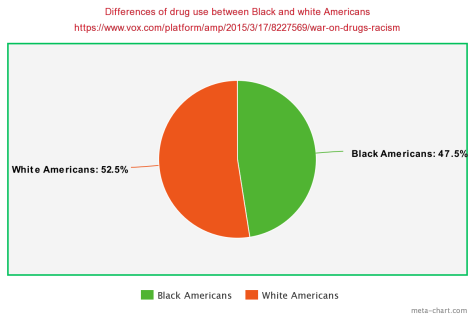











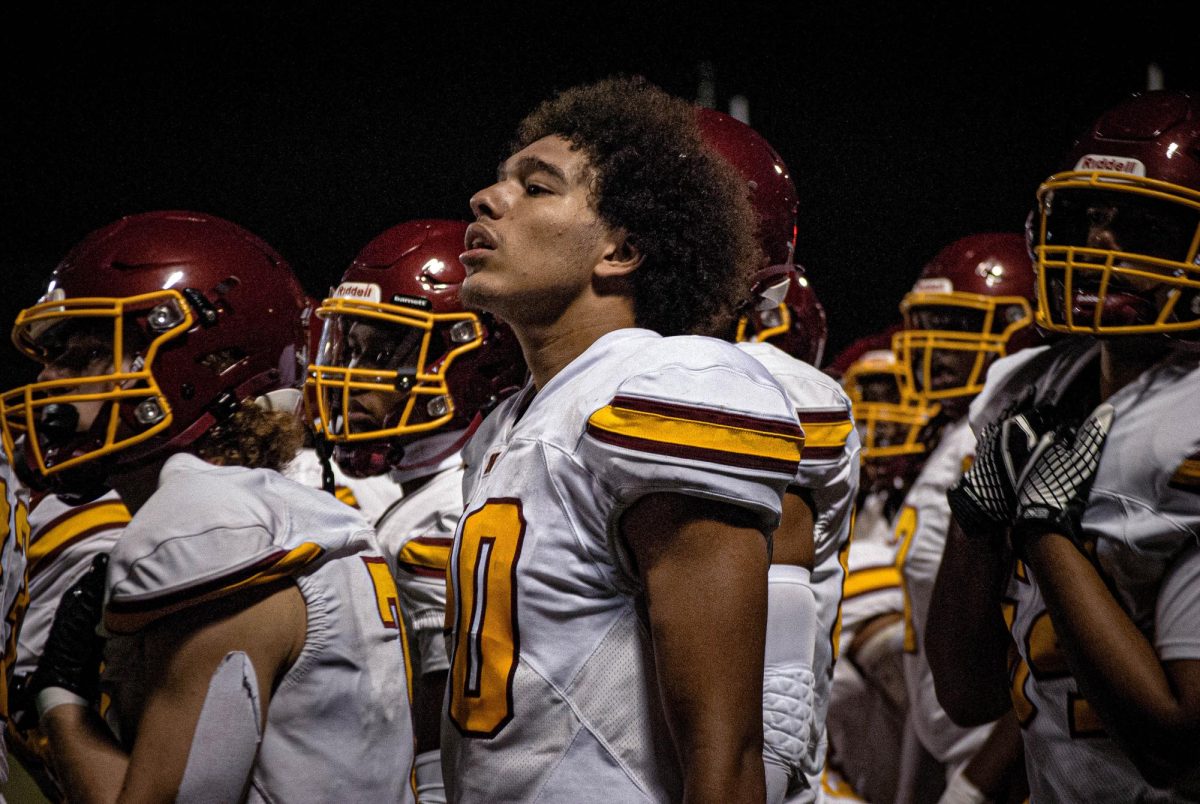

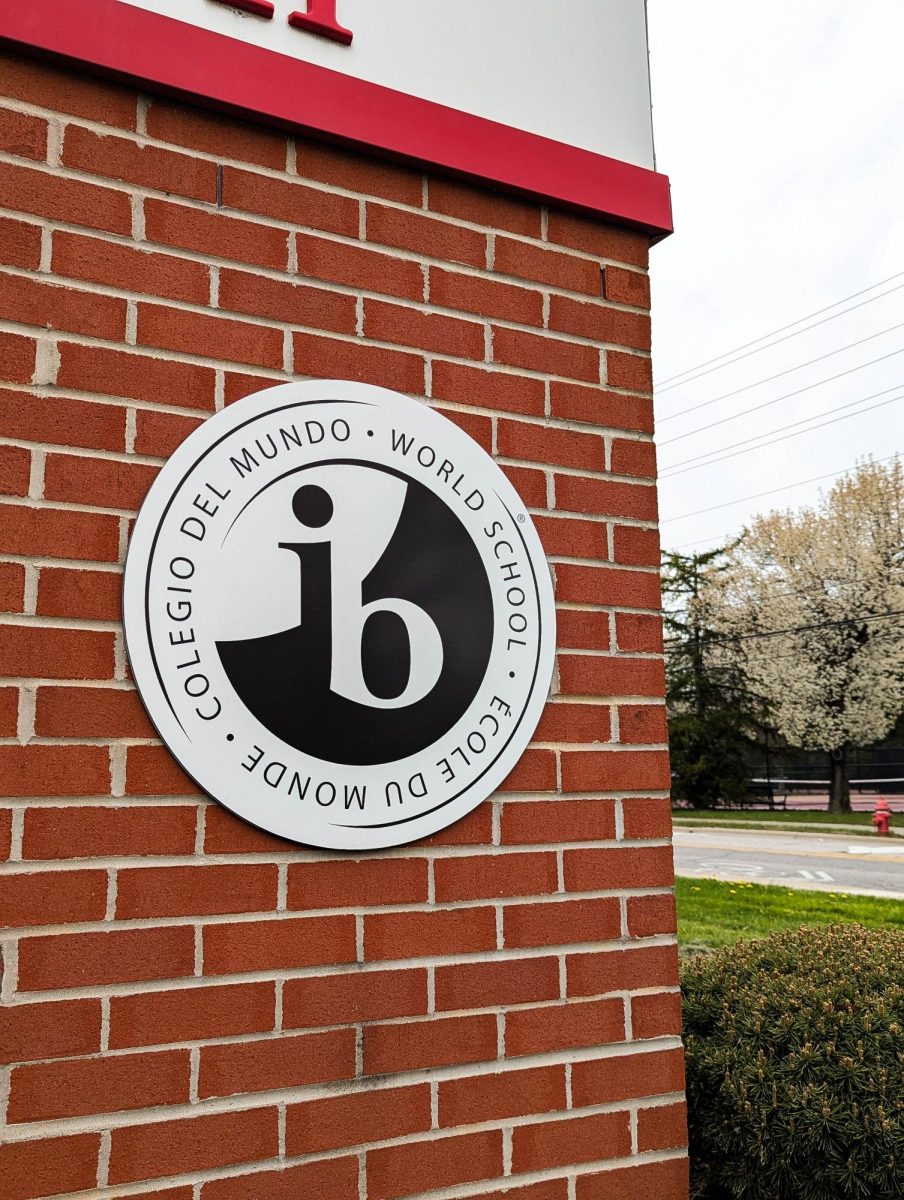

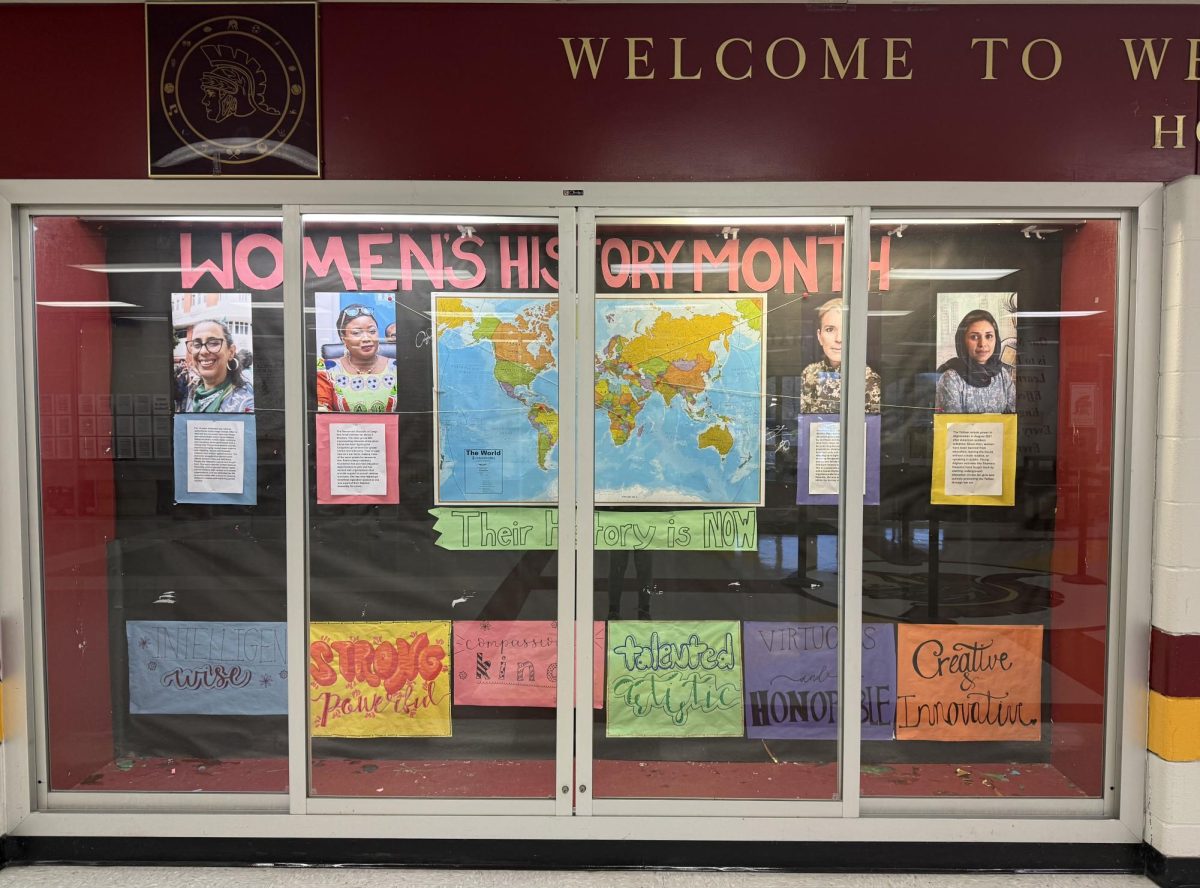



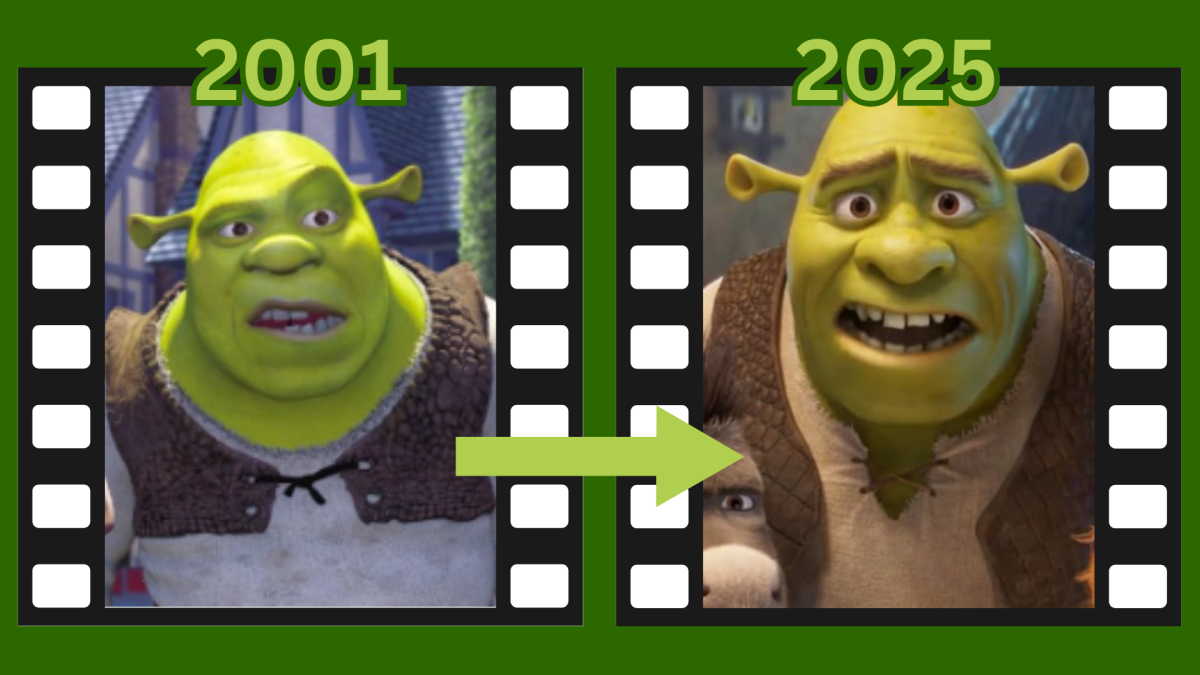
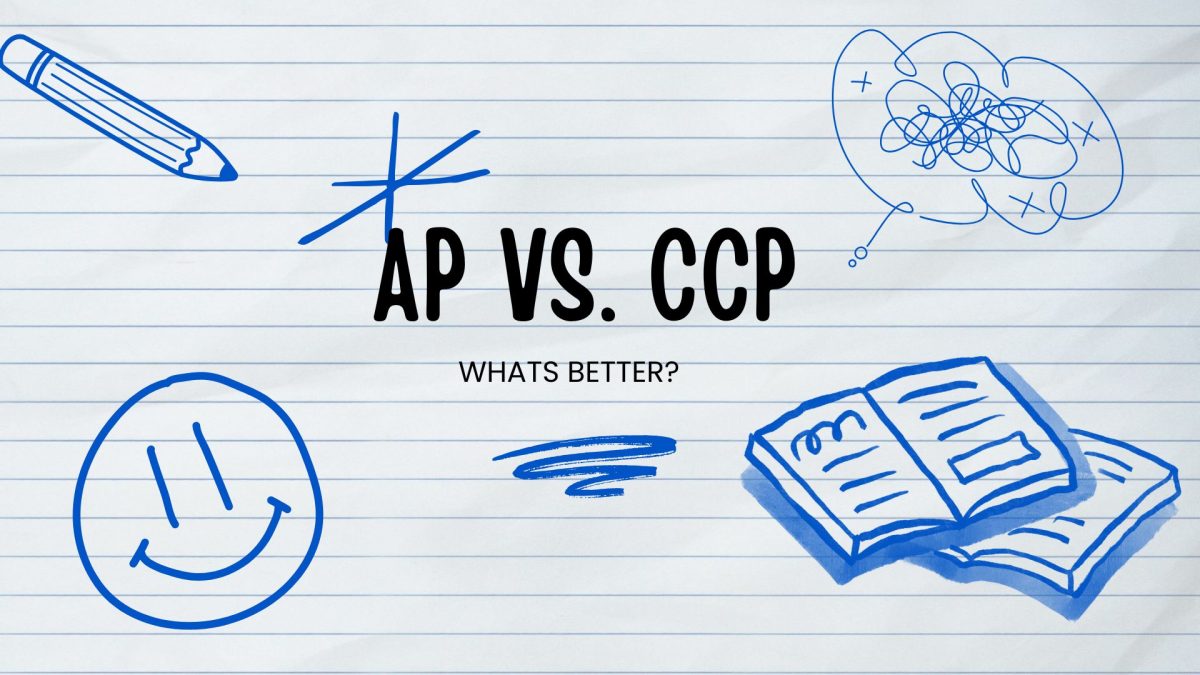


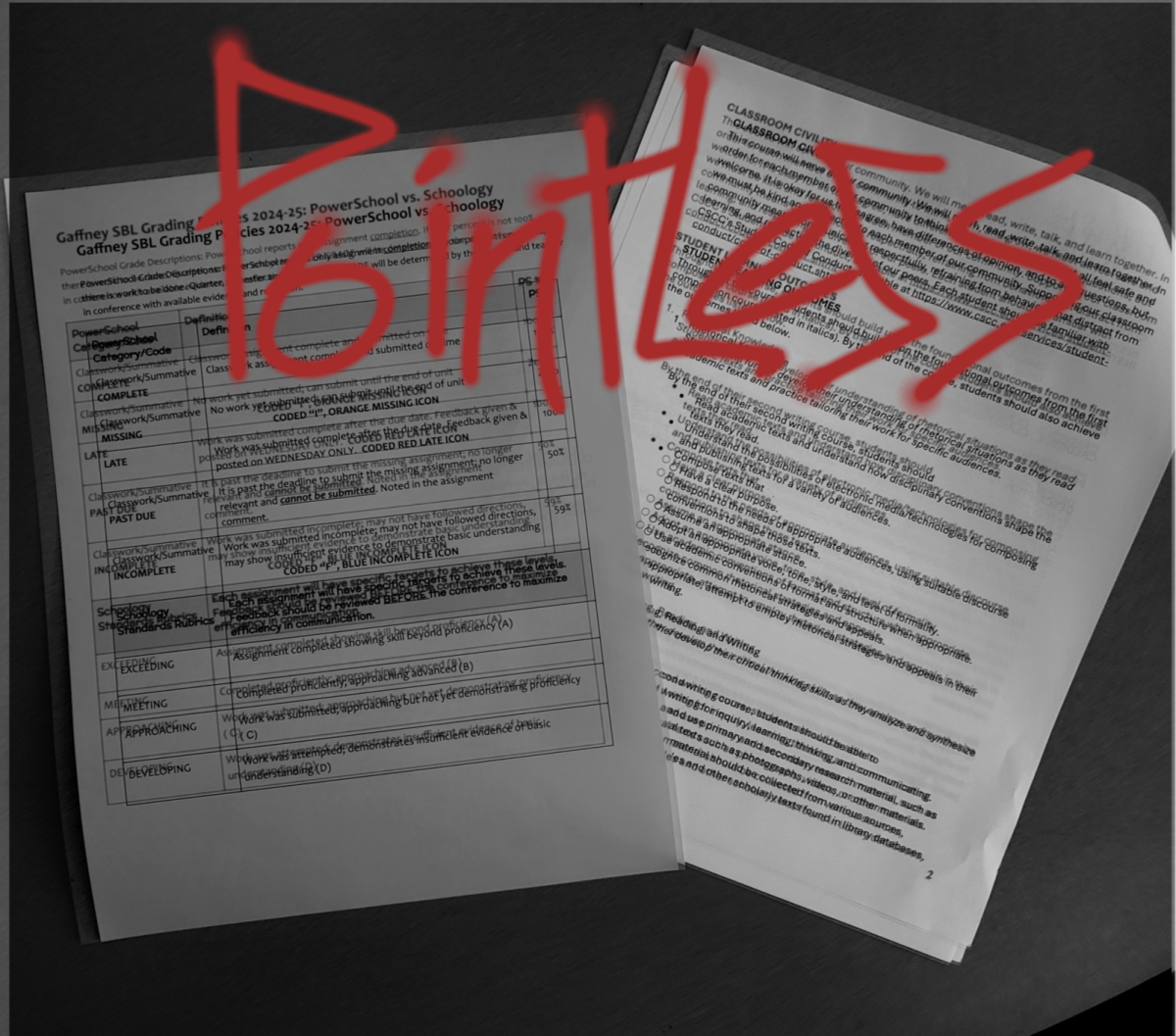


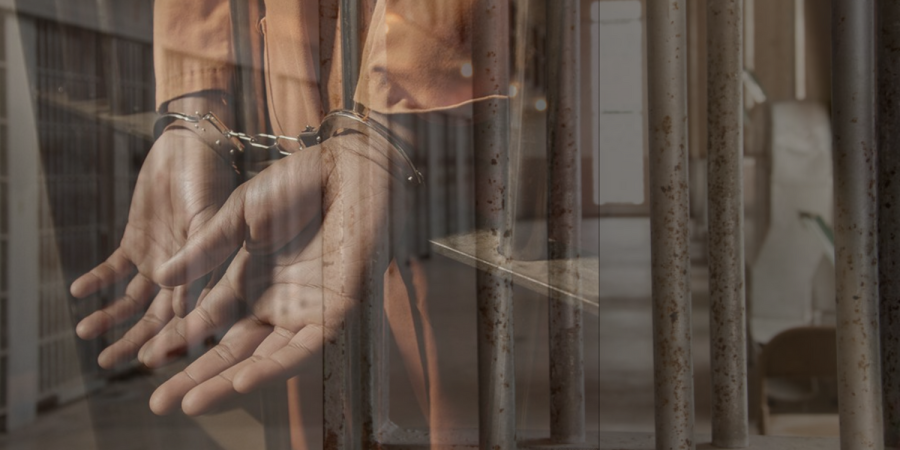




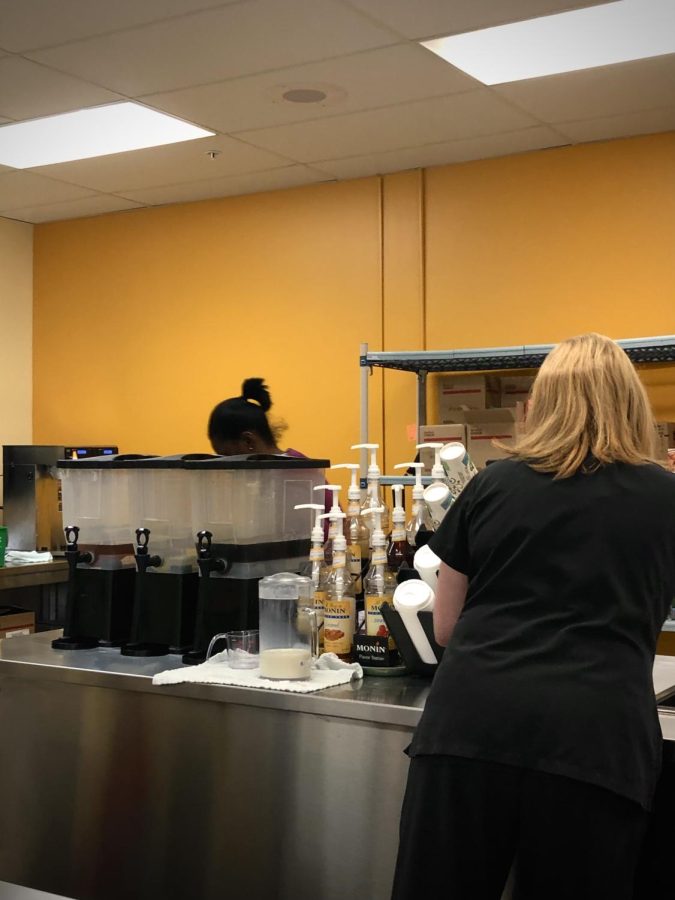

Dr. Leslie Abston,DBA • Mar 8, 2022 at 9:52 pm
Thanks Brittany Abston for shedding light on the systemic racist misdeeds of our justice system. It’s the most known unknown injustice in America. Great read!
Granddad,
Dr. Leslie Abston, DBA